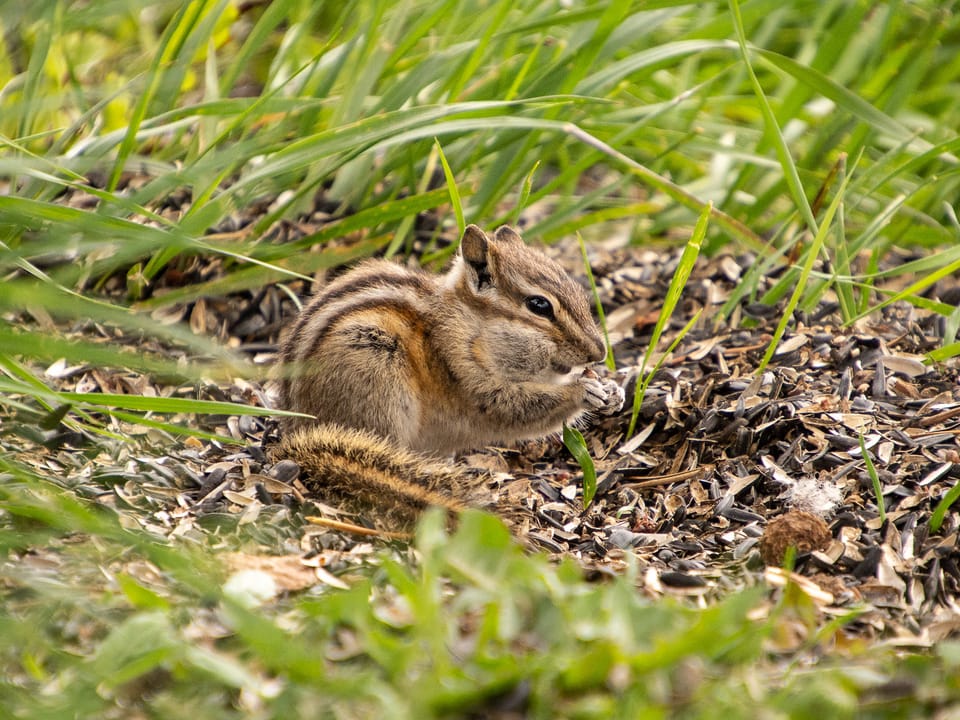EcoWest News, September 17, 2024

Welcome to EcoWest News, a weekly round-up of news and resources that you can put to use in addressing environmental issues and protecting the wild in your community.
Across the West
19% of the methane produced from conventional oil and gas production in Saskatchewan is escaping into the atmosphere, significantly higher than 0.4% in BC and 1.9% in Alberta. [The Narwhal]
Gail Fennell, Nature Regina, introduces 7 wildflowers that are easy additions to your traditional garden. [2 min video, CBC]
Following the province’s withdrawal of funding support, The Calgary Climate Hub is urging Calgarians to show their support for the proposed Green Line that is expected to take 6,000 cars off the road daily. [Calgary Climate Hub]
The Green Action Centre has launched an updated web-based platform to facilitate carpooling across Manitoba. [CBC]
Winnipeg’s St. James Horticultural Society planted 30 native plants, grasses, and shrubs to provide host, pollen, and nectar sources for pollinators over 3 seasons. The berm is located near a creek in the hopes of increasing its ecological impact by being near a wildlife corridor. [Nature Manitoba]
Across Canada
The forestry industry sprays the herbicide glyphosate, a possible carcinogen, to prevent other plant species from competing with conifer plantations. Some experts believe the resulting monocultures are more prone to wildfire. [Canadian Dimension]
A new Passive House Canada training program is designed “to make high-performance building products more easily available and boost local capacity to install them,” particularly in large, complex buildings with the greatest potential for emissions reductions and improved energy performance. [The Energy Mix]
Around the World
Just like terrestrial animals taking advantage of a wildlife crossing, marine mammals need help getting around human infrastructure and in plotting a route away from warming oceans. [Hakai Magazine]
“Demolishing an existing building to construct a new one makes little sense from an environmental perspective, even if that new building is more energy efficient … Increasing the average lifespan of buildings from 50 years to 75 or 80 years and reducing building size by 20% can cut their overall carbon emissions by two-thirds.” [Smart Cities Dive]
A wind farm project in the Hebrides is well accepted as profits are reinvested in community projects such as reforestation. [The Energy Mix]
Cooling people instead of buildings could cut standard air-conditioning energy usage in half. [Anthropocene]
An all-electric train fleet along the San Francisco Peninsula will reduce air and noise pollution and cut 250,000 metric tons of carbon dioxide emissions each year. [Planetizen]
Urban Trees
“If we can’t take care of the tree in front of our home, how can we expect to save a place like the Amazon?” Mexico City’s Tree Army is liberating urban trees with sledgehammers. [EuroNews Green]
An urban forestry study in Louisville, Kentucky, found that residents in neighbourhoods with newly-planted trees and shrubs had 13-20% lower levels of inflammation, a key factor in heart disease, cancer, and diabetes, when compared to a neighbourhood where no new greenery was added. [Bloomberg]
How can we influence city dwellers’ attitudes about trees so that they will cherish and protect them? [The Nature of Cities]
Making a Difference
Massachusetts achieved a 13.2% reduction in commercial food waste thanks to: a simple law with limited exemptions, a robust composting infrastructure making it easy and affordable for businesses to compost rather than trash food waste, and an enforcement system. [Fast Company]
DIY
Individuals can’t solve climate change on their own, but governments and businesses can’t fix it if people aren’t willing to make changes. Here are the 9 top ways to reduce your personal carbon footprint. [Sustainability by Numbers]
Photo credit: https://www.flickr.com/photos/apmckinlay/48303841612
EcoFriendly West informs and encourages initiatives that support Western Canada’s natural environment through its online publication and the Nature Companion website/app. Like us on Facebook, follow us on Twitter or Mastodon, or subscribe by email.

Member discussion